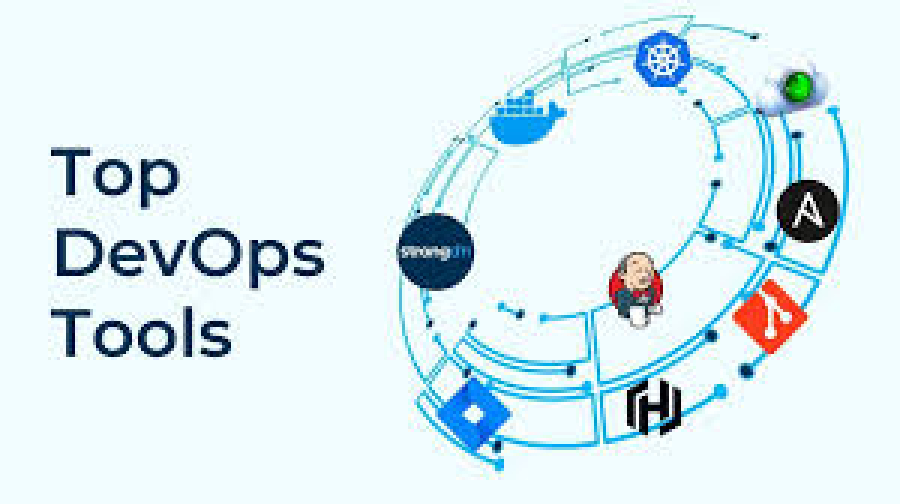How to Create Dynamic Financial Models for Freelance Clients
In the fast-paced world of modern finance, freelancers who can deliver accurate, flexible, and dynamic financial models hold a competitive edge. 📊 These models are more than just spreadsheets — they are powerful decision-making tools for startups, small businesses, investors, and corporate clients. As a freelance finance professional, building dynamic models means combining technical expertise, industry insight, and client-specific customization. This guide from FreelancerBridge walks you through everything you need to know to design, implement, and present financial models that win trust, drive decisions, and ensure repeat business.
Long Description
1. Understanding the Importance of Dynamic Financial Models
Dynamic financial models are interactive forecasting tools that can adjust instantly to new data, market conditions, or business strategies. For freelance finance professionals, they:
Increase Client Confidence – Accurate projections build trust.
Boost Value Offering – Going beyond static spreadsheets shows advanced skills.
Enable Data-Driven Decisions – Clients can simulate various “what-if” scenarios.
Unlike static models, dynamic ones allow inputs like sales growth rates, cost fluctuations, and exchange rates to be easily updated, giving real-time projections.
2. Essential Skills for Building Effective Models
To excel in financial modeling as a freelancer, you need a blend of hard and soft skills:
Excel / Google Sheets Mastery – Pivot tables, advanced formulas, macros, and VBA automation.
Data Analysis – Understanding trends, KPIs, and market signals.
Business Understanding – Adapting models to industry-specific challenges.
Communication – Explaining technical outputs in clear, actionable terms.
💡 Pro Tip: Keep learning advanced Excel functions like INDEX-MATCH, OFFSET, and XLOOKUP to improve model flexibility.
3. Key Components of a Dynamic Financial Model
A complete model should typically include:
Revenue Forecasts – Based on market size, pricing strategies, and sales funnels.
Expense Tracking – Fixed vs. variable costs, operational expenses, and capital expenditures.
Cash Flow Statements – Understanding liquidity trends.
Profit & Loss Statements – Monthly and annual performance projections.
Scenario & Sensitivity Analysis – Testing best-case, worst-case, and likely-case outcomes.
4. Steps to Create a Dynamic Financial Model for Clients
Step 1: Define the Purpose
Before building, clarify whether the model is for fundraising, operational planning, or investment analysis.
Step 2: Gather Data
Collect historical financial data, industry benchmarks, and market forecasts.
Step 3: Build the Structure
Separate your model into clear sheets or sections for inputs, calculations, and outputs.
Step 4: Link Formulas Dynamically
Ensure changes in input cells update the entire model automatically.
Step 5: Add Scenario Analysis
Incorporate toggles or drop-downs for different strategic options.
Step 6: Test and Audit
Double-check formulas, stress test assumptions, and ensure there are no circular reference errors.
Step 7: Visualize Results
Use charts and dashboards to make data interpretation easy for non-financial clients.
5. Tools & Technologies for Freelance Financial Modeling
Microsoft Excel – Industry standard with powerful automation capabilities.
Google Sheets – Cloud-based, ideal for collaborative projects.
Power BI / Tableau – Data visualization and dashboard creation.
Python / R – For advanced analytics and automated data pulling.
6. Common Mistakes to Avoid
Overcomplication – Too many inputs confuse clients.
Ignoring Client Needs – Customize instead of using a generic template.
Lack of Flexibility – Avoid hard-coded numbers that make updates difficult.
Poor Documentation – Always include notes explaining assumptions and formulas.
7. Pricing Your Financial Modeling Services
Your rates should reflect:
Complexity of the model – Simple budget forecasts vs. multi-scenario corporate models.
Timeframe – Rush projects command higher fees.
Additional Services – Data sourcing, market research, or presentation creation.
💡 Freelance Tip: Offer tiered pricing packages — Basic, Advanced, and Full-Service — to attract different client segments.
8. How to Market Your Expertise in Financial Modeling
Build a Portfolio – Showcase sample models (with fictional or anonymized data).
Leverage LinkedIn – Share insights, modeling tips, and client success stories.
Join Freelance Platforms – Upwork, Fiverr, and specialized finance marketplaces.
Network with Entrepreneurs – Attend business and startup events.
9. SEO & Content Strategy for Attracting Clients
As a freelancer, having an optimized online presence can bring clients directly to you. Consider publishing:
Blog posts explaining complex finance topics in simple language.
Case studies showing measurable client results.
Video tutorials on Excel tricks and model-building.
10. Future Trends in Freelance Financial Modeling
AI-Powered Forecasting – Machine learning models predicting financial trends.
Blockchain Integration – Secure, transparent financial tracking.
Global Collaboration Tools – Real-time international project work.
Freelancers who adapt early to these innovations will have an edge over competitors.
Conclusion
Dynamic financial models are no longer a luxury — they’re a necessity for businesses navigating uncertain markets. As a freelance finance professional, mastering the art of creating adaptable, accurate, and visually clear models can make you indispensable to clients. Whether it’s helping a startup secure funding or enabling a corporation to pivot its strategy, your skills can shape major decisions. FreelancerBridge encourages you to continuously upgrade your technical skills, understand client industries, and integrate emerging tools to stay ahead in the freelance finance game.


 by Emily
by Emily




